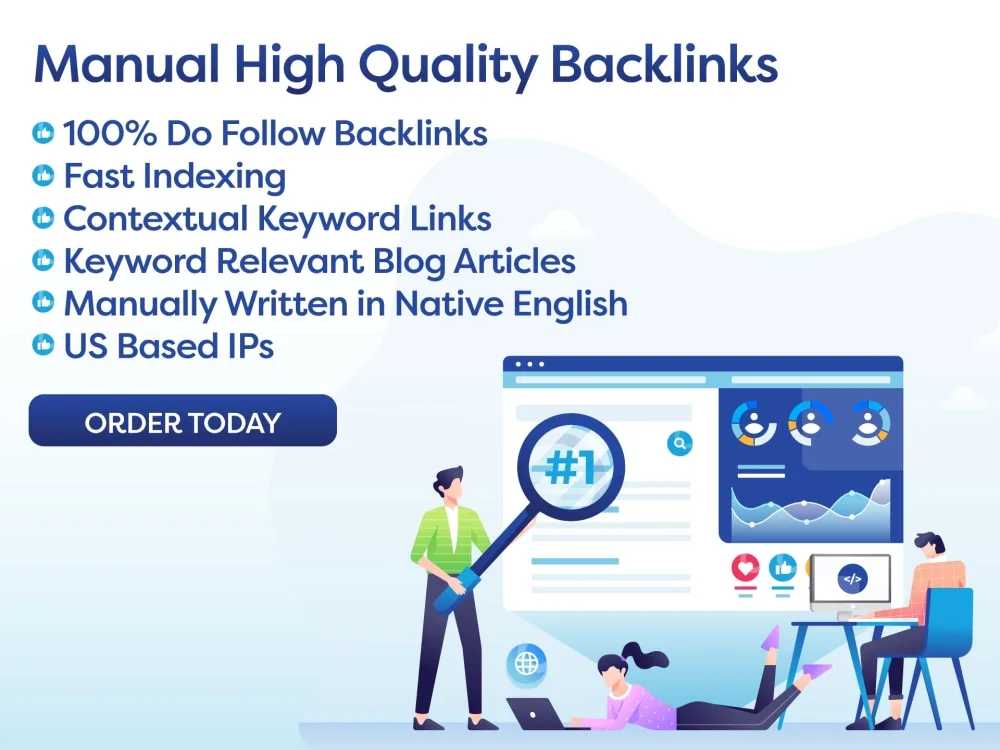How to optimize your content for semantic search to improve relevance and search engine rankings.Semantic search optimization is a crucial aspect of digital marketing that has gained significant importance in recent years. It refers to the process of optimizing content in a way that helps search engines understand the context and intent behind a user’s search query. By doing so, it enables search engines to provide more relevant and accurate results to the user, which ultimately improves the overall user experience. In this article, we will delve deeper into semantic search optimization and how it can be used to enhance the relevance of your content and boost your search engine rankings.
Understanding Semantic Search Optimization
Semantic search optimization is based on the concept of semantic search. Unlike traditional keyword-based search, semantic search takes into account the meaning and context of a search query, rather than just matching keywords. This is made possible by the use of natural language processing (NLP) and machine learning algorithms, which enable search engines to understand the intent behind a user’s search query and provide more relevant results.
The Importance of Semantic Search Optimization
With the rise of voice search and the increasing use of AI-powered devices, semantic search has become a crucial aspect of search engine optimization (SEO). As search engines become more sophisticated, they are moving towards providing more personalized and conversational search results. This means that content creators need to optimize their content for semantic search to ensure that it appears in these personalized search results and reaches their target audience.
Optimizing Your Content for Semantic Search
Here are some ways in which you can optimize your content for semantic search:
1. Use Natural Language and Conversational Tone
When creating content, it is important to use natural language and a conversational tone. This means writing in a way that people speak, rather than using formal or robotic language. By doing so, you are more likely to include natural language variations and long-tail keywords that reflect how people search for information.
2. Focus on Context and Intent
Instead of focusing solely on specific keywords, it is important to consider the context and intent behind a user’s search query. This means understanding the questions and problems that your target audience is trying to solve and creating content that provides relevant and valuable information to address these needs.
3. Utilize Structured Data
Structured data is a standardized format that provides additional information about a web page to search engines. By using structured data, you can help search engines better understand the content and context of your web pages, which can improve your chances of appearing in relevant search results.
4. Optimize for Featured Snippets
Featured snippets are a key feature of semantic search, as they provide direct answers to user’s search queries. To optimize for featured snippets, you can create content that directly answers commonly asked questions related to your industry or niche.
Conclusion
Semantic search optimization is a crucial aspect of modern SEO, as it helps your content rank higher in search engine results pages (SERPs) and reach your target audience effectively. By understanding the importance of context and intent and implementing the strategies mentioned above, you can improve the relevance and visibility of your content, ultimately boosting your search engine rankings.
FAQ:
Q: What is the difference between traditional keyword-based search and semantic search?
A: Traditional keyword-based search relies on exact keyword matching, while semantic search considers the context and intent behind a search query.
Q: How can I optimize my content for semantic search?
A: You can optimize your content for semantic search by using natural language and a conversational tone, focusing on context and intent, utilizing structured data, and optimizing for featured snippets.


